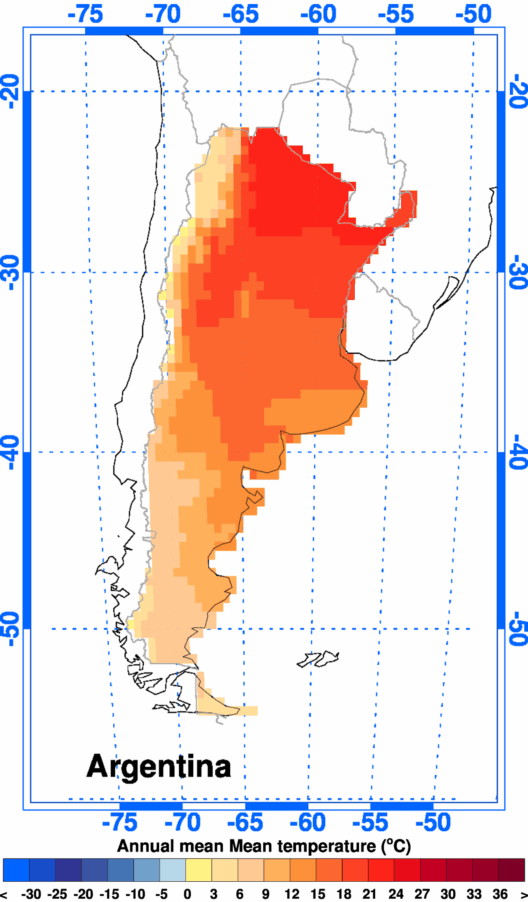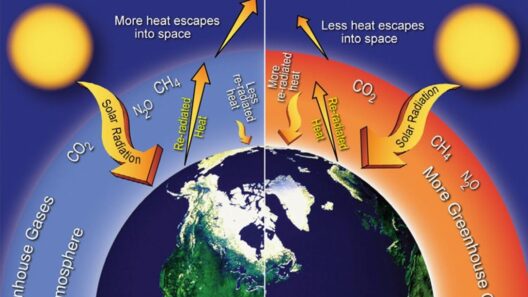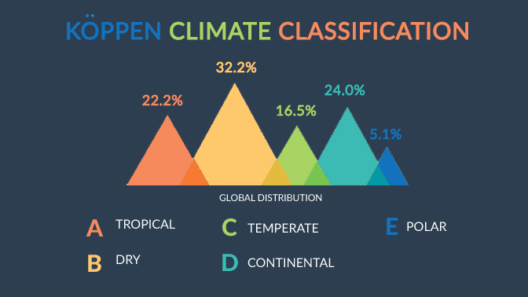South Carolina, a land where Southern charm meets the sweltering embrace of humidity, offers a climate that is emblematic of the southeastern United States. Characterized by its balmy summers and mild winters, South Carolina’s climate can be both inviting and challenging, particularly in the face of a rapidly changing environment. Understanding this complex climate is not only essential for residents but also for those who visit this richly historical and culturally vibrant state.
The climate in South Carolina is classified as humid subtropical, a classification that hints at the high rainfall and significant humidity experienced throughout the year. This classification results from the state’s geographical location, bordered by the Atlantic Ocean to the east, which influences weather patterns and temperature extremes. The state’s warm Gulf Stream current interacts with seasonal fronts, creating a unique tapestry of weather phenomena.
Summer in South Carolina is infamous for its sweltering heat. Typical summer temperatures often soar above 90 degrees Fahrenheit, with the heat index frequently pushing the perceived temperature even higher. During this season, the atmosphere is thick with humidity, resembling the tropical climates found in more southern latitudes. This humidity can make outdoor activities feel oppressive, leading many to seek refuge in air-conditioned environments. Despite this, summer storms are common, providing temporary relief from the heat. These thunderstorms can be intense, marked by heavy rainfall, vigorous winds, and sometimes, hail.
As summer fades, the state transitions into autumn, a season characterized by a gradual cooling of temperatures. The oppressive humidity lessens, creating a more comfortable atmosphere. This period is often celebrated for its breathtaking fall foliage, as the leaves of deciduous trees transform into a vibrant symphony of colors. The climate remains relatively dry, making it an ideal time for outdoor activities such as hiking, exploring historical sites, or attending local festivals.
The winters in South Carolina are notably mild compared to many northern states. While temperatures can dip into the 30s during the coldest months, especially in the upstate regions, significant snowfall is rare. This milder climate allows for a longer growing season, which benefits agriculture and gardening enthusiasts. The occasional cold snap, however, can come as a surprise, emphasizing the variability of the state’s climate.
Spring arrives with a flourish, marking another transition in South Carolina’s climatic rhythm. Temperatures begin to rise again, reaching the 70s and 80s, while the threat of frost diminishes. Spring is characterized by increased rainfall, an essential component for replenishing the soil after winter and sustaining the state’s lush landscapes. The rebirth of flora coincides with various festivals, including celebrations of blooms and local culture, highlighting the state’s rich agrarian heritage.
Weather extremes, however, remain a concern. Given South Carolina’s geographic location, it is susceptible to hurricanes and tropical storms, particularly during the Atlantic hurricane season, which runs from June to November. Coastal areas are often the first to feel the effects, with heavy rain, storm surges, and high winds posing significant risks. Communities along the coast must prepare for these events, showcasing resilience and adaptability in the face of nature’s wrath.
Climate change poses an ever-increasing threat to the climate of South Carolina. Rising sea levels, intensified storm systems, and altered precipitation patterns are becoming more prevalent. The coastal regions are particularly vulnerable, facing higher risks of flooding and erosion. This shift in climate dynamics urges a reassessment of how residents and policymakers approach environmental stewardship. The urgency to mitigate climate impacts underscores the necessity for sustainable practices and resilience planning.
Interestingly, South Carolina’s diverse climate zones contribute to its rich biodiversity. The state is home to a plethora of ecosystems, from coastal marshlands to mountainous regions. This variety provides habitats for countless species, making it a hotspot for biodiversity. Conservation efforts are crucial in protecting these ecosystems from the adverse effects of climate change, habitat loss, and pollution. Understanding and preserving this ecological richness is essential for maintaining the balance of the state’s environment.
Urban areas, such as Charleston and Greenville, offer a juxtaposition of climate impacts versus urban heat islands, where temperatures can be significantly higher than surrounding rural areas due to human activity. Cities are adopting innovative solutions to combat these challenges, emphasizing green spaces, sustainable architecture, and efficient public transportation. These strategies are not only aimed at improving local climate resilience but are also fundamental in fostering community engagement and education regarding climate actions.
Conversely, rural South Carolina thrives on agriculture, which faces its own unique challenges due to climate variability. Farmers are adapting to changing weather patterns by diversifying crops and implementing more sustainable farming techniques. Education on conservation practices and sustainable agriculture is essential for empowering farmers to respond effectively to climate threats, ensuring food security and environmental protection.
In conclusion, South Carolina’s climate is a complex amalgamation of alluring warmth and overwhelming humidity. It serves as a prime example of the intricate interplay between natural systems and human impacts. As residents and visitors alike revel in the state’s natural beauty and rich cultural experiences, there exists a profound responsibility to confront climate change with earnestness. This shared journey not only promises an enlightened perspective but also encourages a collaborative approach to sustainability, ensuring that the charm of South Carolina endures for generations to come.








